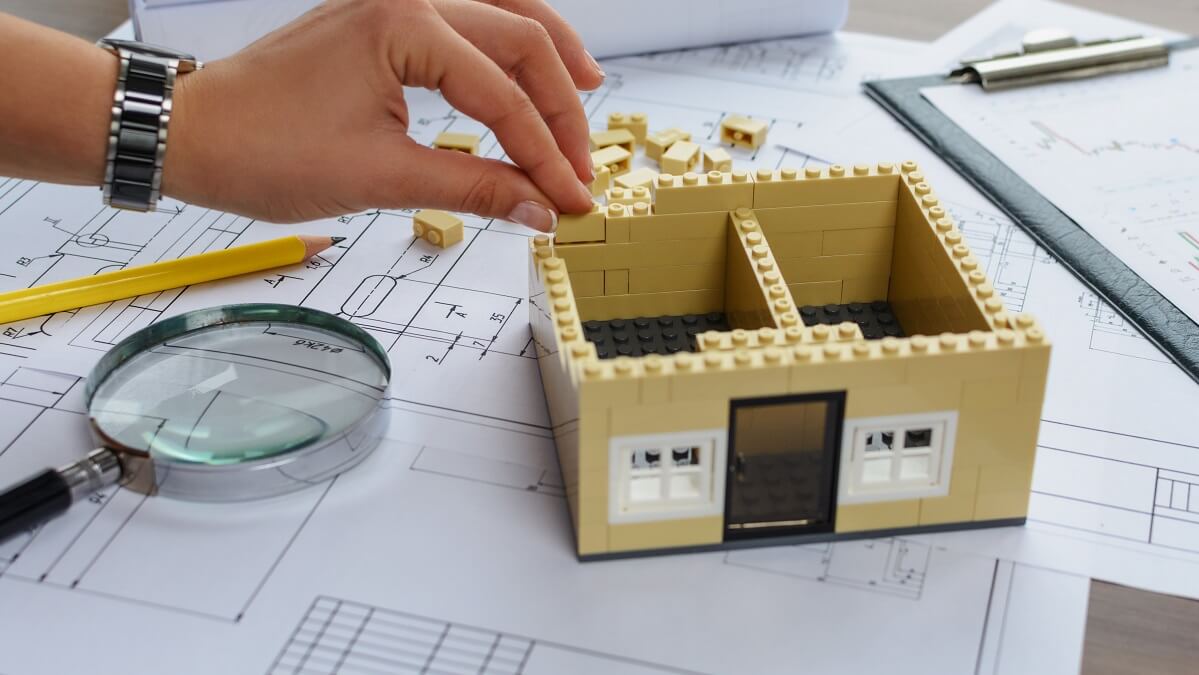A lower-cost housing model may be the answer some older Australians have been looking for.
Known as ‘build-to-rent’, the strategy is already popular around the world.
Under the model, a developer funds the cost of building the homes or apartments, retains the ownership and rents them out.
That in itself is not new, but with build-to-rent, unlike other developments that combine individual owners and tenants who rent from individuals, these developments are entirely owned and managed by the developer.
In one sense, this model is an option that falls halfway between a regular rental scenario and a retirement village. Similar to other villages, these developments offer amenities such as dog parks, barbecue areas, communal gardens, swimming pools, cinemas and gyms.
As the entire development is owned and managed by the developer it offers greater flexibility through longer lease terms, a reduced or waived bond, permission to have pets and decorate the home, and even the ability to move between homes when your circumstances change.
Build-to-rent developments add further options for those looking to downsize, a practice being actively pursued by the federal government.
It allows eligible property owners to make a one-off post-tax contribution to their super of up to $300,000 when they sell their home, with that contribution not counted in their non-concessional super contribution caps.
While the build-to-rent model may sound attractive to some, it does come with its own potential pensioner pitfalls. One of those becomes apparent in a comparison of your security tenure in a build-to-rent home with a standard retirement village.
A standard retirement village often has a resident’s committee that represents the interests of residents. But the build-to-rent model has only one owner. While that can make it easier to manage, it can also leave residents open to uncontrolled rent increases.
Those considering taking up the build-to-rent option will also need to consider the financial implications.
The downsizer contribution incentive is certainly a positive, but other aspects, such as pension eligibility may change as a result of your move.
As with any major financial decision, obtaining advice from a registered financial adviser is highly recommended.
Are you considering downsizing? Does the build-to-rent option appeal to you? Why not share your thoughts in the comments section below?
Also read: Why the housing wealth gap between generations is getting wider


Not really a solution to providing development of new smaller homes in country towns and regional Australia. These will be restricted to sewer available areas in or near cities. So for many decades, old and young alike and people with disabilities can’t find homes in country towns with small manageable gardens. Young people if they can afford to buy, are too busy working to pay the mortgage and don’t have time to maintain a big garden. Disabled people cannot do the work. Neither can pensioners when they get too old. So like many of my friends, they end up using all their savings to sell their country home and move back to the city to find the home with a small garden and decent medical services that are missing in country towns. What a sad situation that the Government have allowed to go on for decades.
And what happens when the developer goes broke?